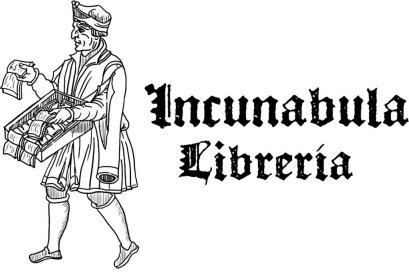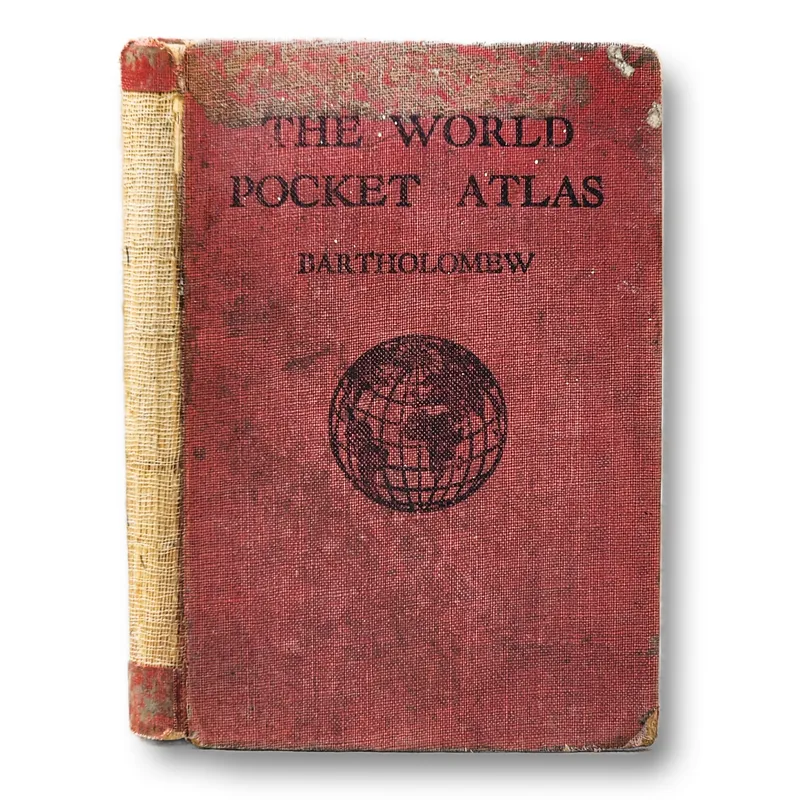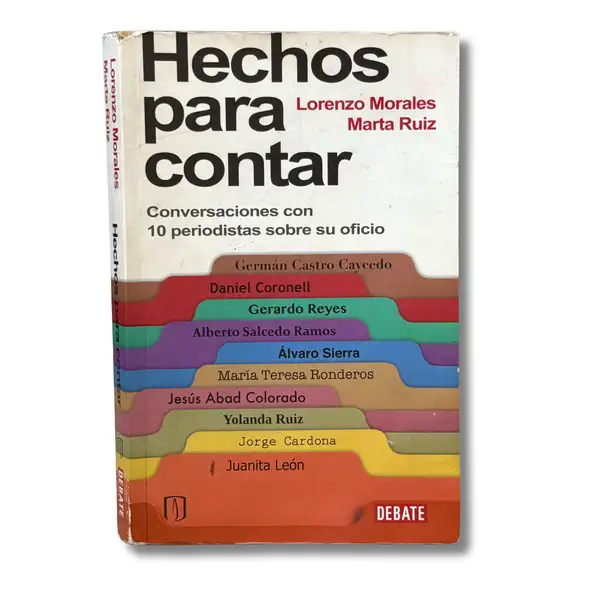-
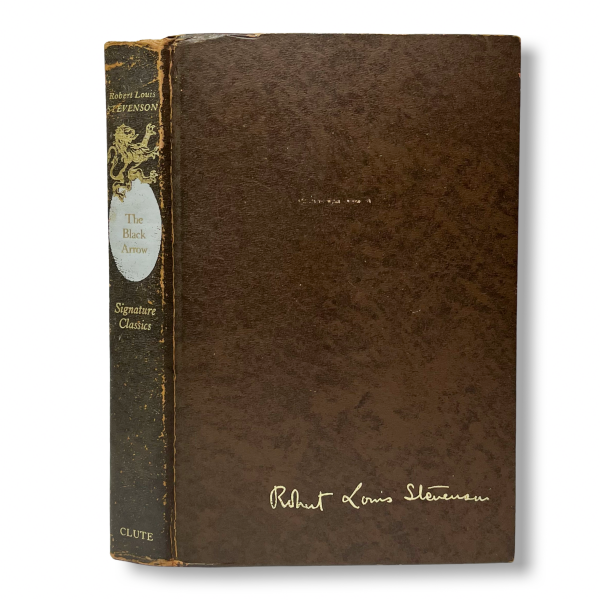
The black arrow
$16.000Originally serialized in a periodical of boys’ adventure fiction, The Black Arrow is a swashbuckling portrait of a young man’s journey to discover the heroism within himself.
-
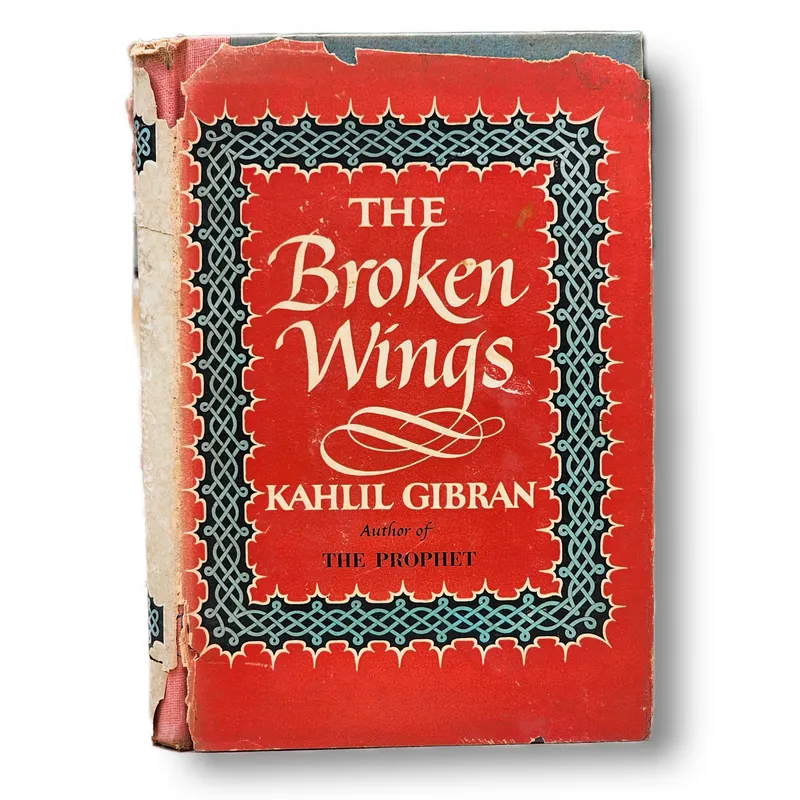
The Broken Wings
$14.000The Broken Wings is a poetic novel written by Khalil Gibran first published in Arabic in 1912. It is a tale of tragic love, set in turn of the century Beirut. A young woman, Selma Karamy, is betrothed to a prominent religious man’s nephew. The protagonist (a young man that Gibran perhaps modeled after himself) falls in love with this woman. They begin to meet in secret, however they are discovered, and Selma is forbidden to leave her house, breaking their hopes and hearts. The book highlights many of the social issues of the time in the eastern mediterranean, including religious corruption, the rights of women (and lack thereof), and the weighing up of wealth and happiness.
-
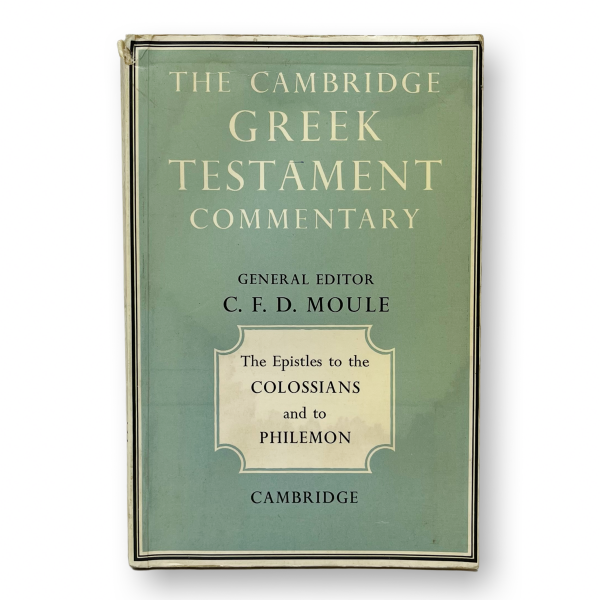
The Cambridge Greek Testament Commentary
$6.000“This is a theological commentary on the Greek text; on the foundation of linguistic detail is based a doc trinal exposition. The first section of the Introduction is on the religious ideas of the epistles, and frequent allusion is made throughout the commentary to works on New Testament theology.
-
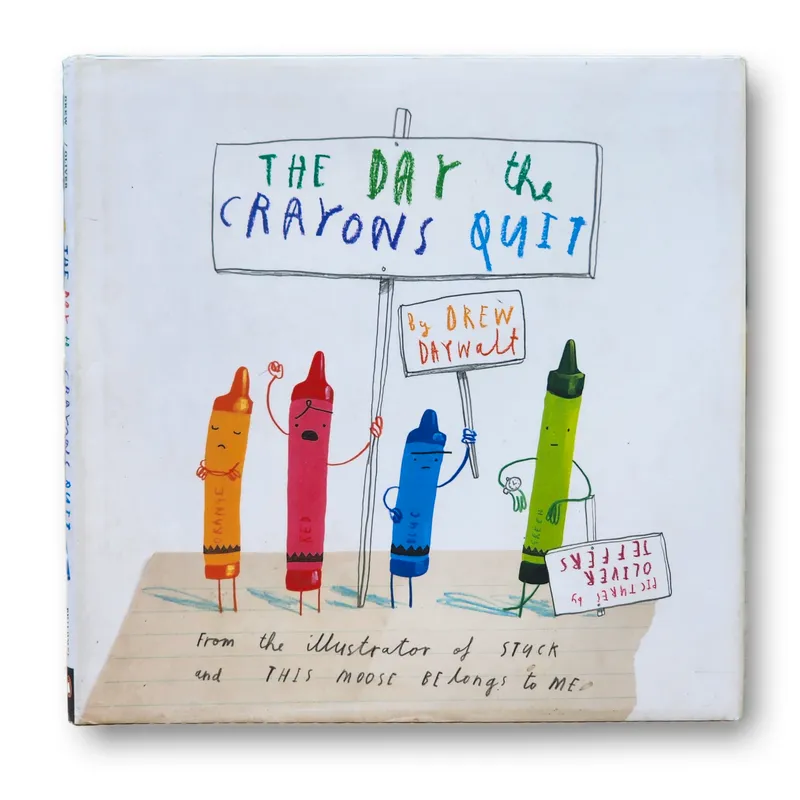
The day the crayons quit (en Inglés)
$20.000oor Duncan just wants to color.
But when he opens his box of crayons, he finds only letters, all saying the same thing: We quit!
Beige is tired of playing second fiddle to Brown.
Blue needs a break from coloring all that water, while Pink just wants to be used. Green has no complaints, but Orange and Yellow are no longer speaking to each other.
What is Duncan to do? Debut author Drew Daywalt and New York Times bestseller Oliver Jeffers create a colorful solution in this playful, imaginative story that will have children laughing and playing with their crayons in a
whole new way. -
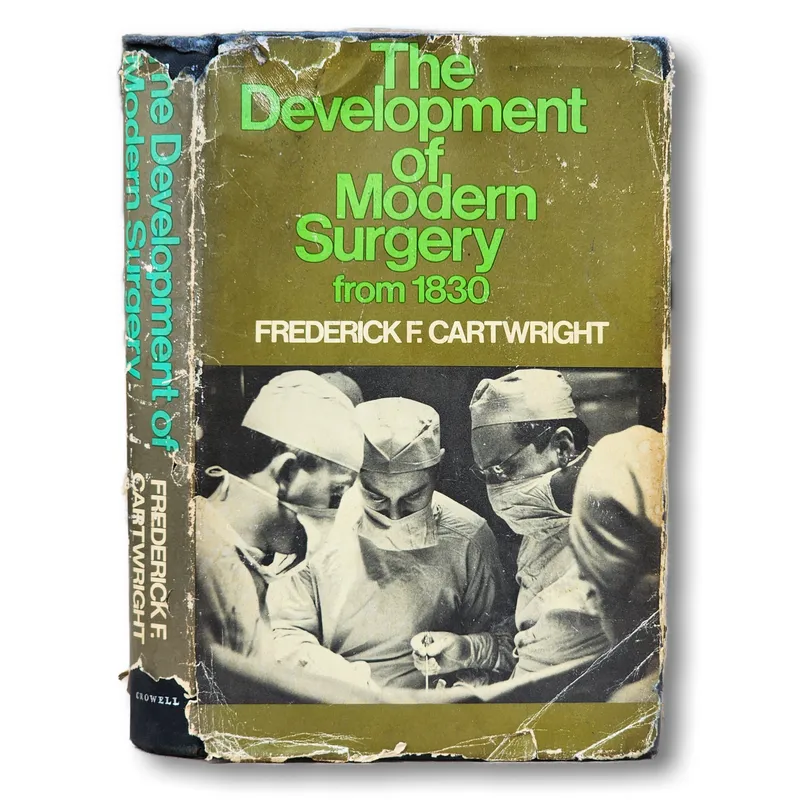
The development of modern surgery from 1830
$20.000Less than one hundred and fifty years ago a surgical operation was a sensational event often attended by several hundred curious onlookers. Every surgeon of the early nineteenth century was a pioneer. With no diagrams to guide his operations, no anaesthesia. to kill pain, and no knowledge of the prevention let alone cause of infection, he tackled almost every kind of operation in this specialized field. The casebook of one well-known surgeon dating back to the 1830’s includes records of amputations, operations for breast cancer, circumcisions, the tying of a subclavian artery for the first time in history, and the removal of a plum stone by excision from the trachea of a nine year old girl.
-

The Devil´s Labyrinth
$15.000In the fourth century, this symbol appeared in the catacombs of Rome.
In the sixteenth century, it was inscribed
on a scroll in Spain.
Today, it’s about to be discovered beneath a historic building in Boston. -
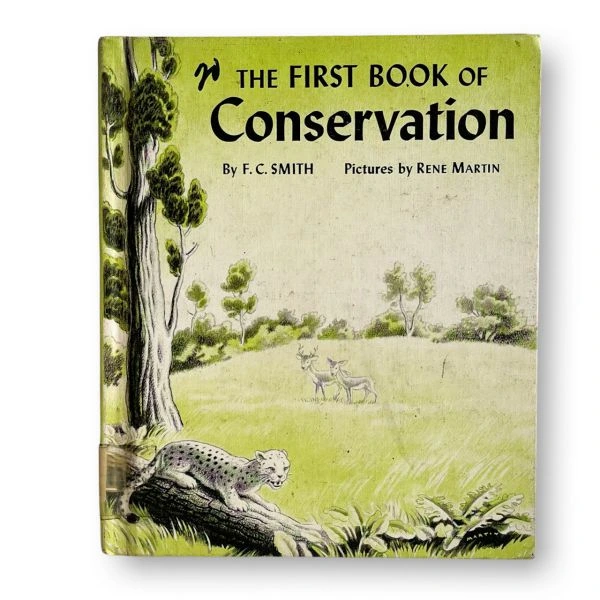
The First Book of Conservation
$15.000The first book of conservation. Frances C. Smith
Editorial. Franklin Wattss, Inc
Tapa dura. 69 páginas- 1954 -
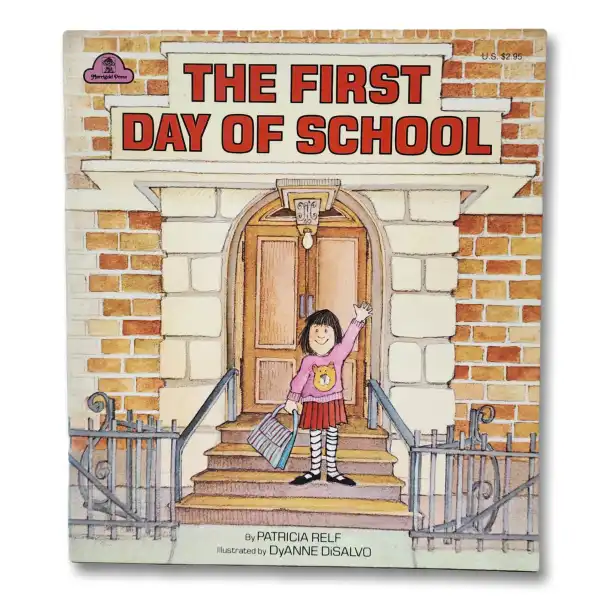
The First Day Of School
$10.000Elizabeth looks forward to the first day of school, but when she gets there she wants to go home.
-
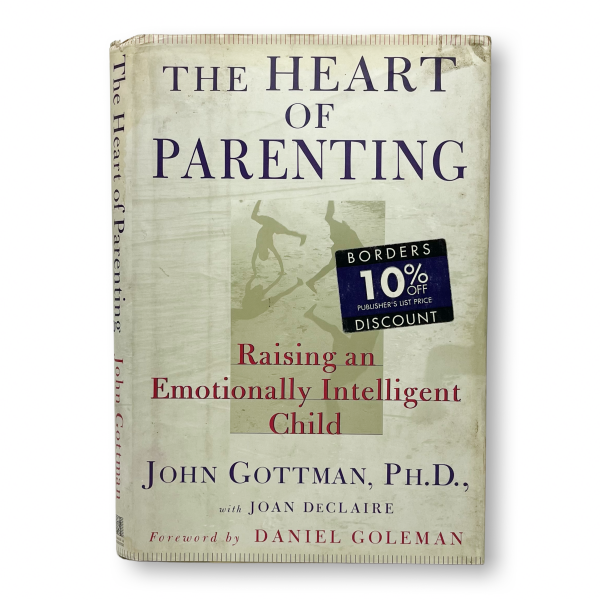
The heart of parenting. Raising an emotionally intelligent child
$14.000“Emotion-Coaching parents had children who later became what Daniel Goleman calls emotionally intelligent people. These coached children simply had more general abilities in the area of their own emotions than children who were not coached by their parents…. The children were better at soothing themselves when they were upset.
-

The jew has come (libro en inglés)
$50.000The jew has come – Albert Londres
Richard Smith. 1931. 252 páginas. Tapa dura. -

The Penguin history of the world (Con subrayados)
$20.000First published in 1976 to great acclaim, this major one volume history has been fully revised for this third edition and contains 90 specially commissioned maps of atlas standard.
‘A stupendous achievement … the unrivalled world history for our day. It extends over all ages and all continents. It covers the forgotten experiences of ordinary people as well as chronicling the acts of those in power. It is unbelievably accurate in its facts and almost incontestable in its judgements.
AJ P Taylor in the observer -
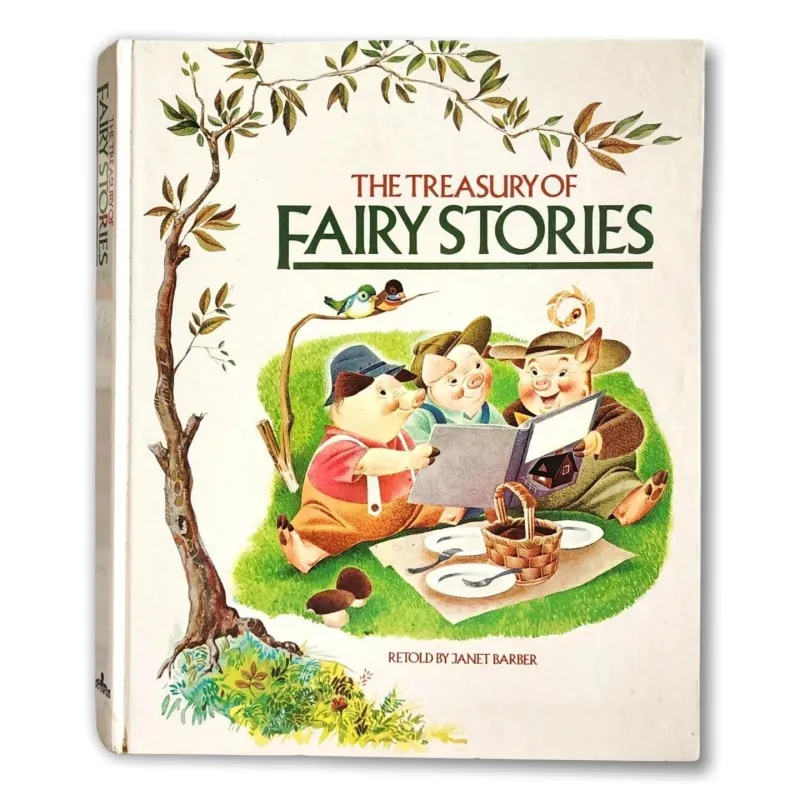
The Treasury of Fairy Tales
$80.000Thirteen fairy stories from a wide variety of sources will delight every child with their fun, magic and adventure. Every page is filled with enchanting illustrations, all in full colour.
-
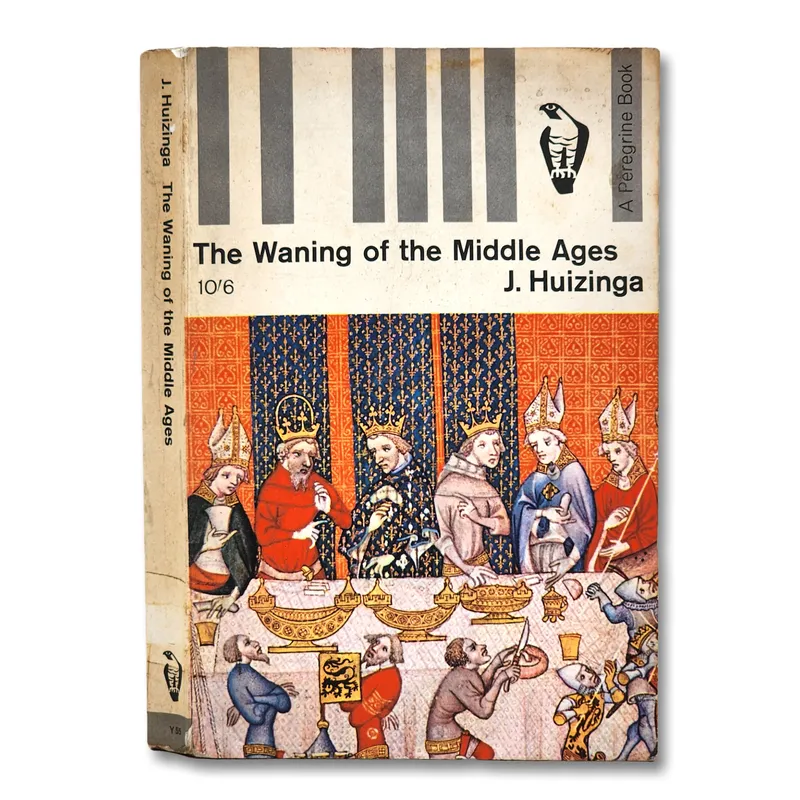
The waning of the middle ages. A study of the forms of life, Thought, and art in France and the Netherlands in the fourteenth and fifteenth Centuries
$20.000The middle ages: neither the best of times nor the worst of times. Such is the predominant insight of cultural historian Johan Huizinga’s fascinating examination of late medieval society. In the waning of the middle ages, Huizinga paints a portrait of the conventions and customs of life in the fourteenth and fifteenth centuries as they reflect an autumnal waning herfsttij of the middle ages’ ideals.
-

The world of prehistory. The story of man’s beginnings
$15.000Our civilization-a complex culture composed of hundreds and thousands of culture traits- is so much a part of us that we do not stop to think of how it became so complex as we know it today. Civilization did not grow by itself. It had a foundation dating back to the beginning of man.
-
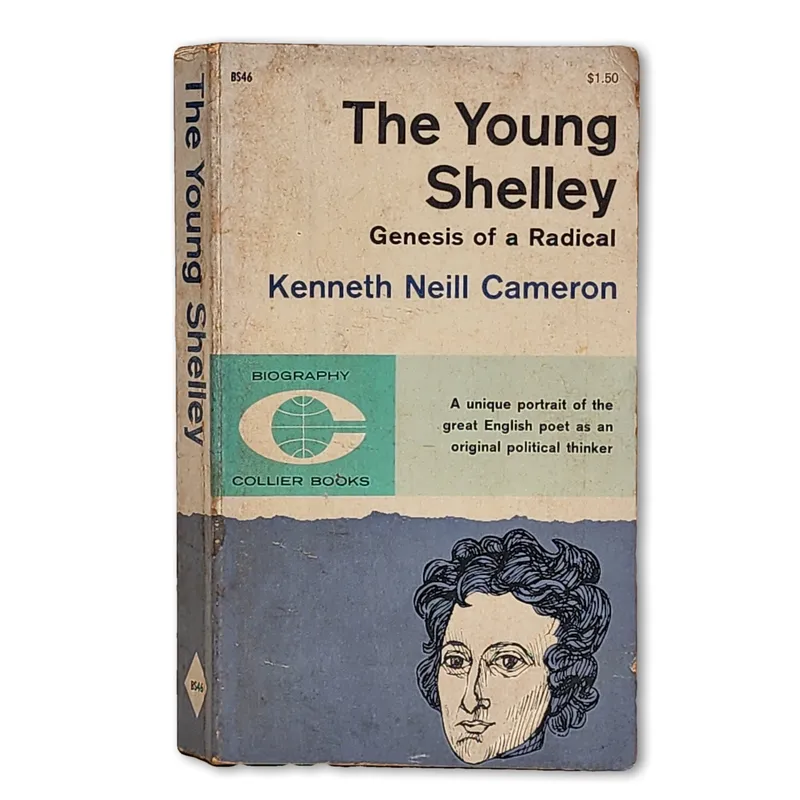
The Young Shelley. Genesis of a radical
$15.000Shelley, as George Bernard Shaw pointed out, was not only a poet but a thinker, and not only a thinker but a radical thinker: in politics, in religion, in morals. Convinced that we cannot know Shelley properly until we understand this aspect of his genius, the author has made the first large scale study of Shelley as a poet and a thinker whose ideas are still relevant today.
Using material derived from much fresh research, the author tells the dramatic story of Shelley’s early life. A critical evaluation of his poetry is accompanied by a psychological analysis of the poet-including a frank examination of his sex life. No one interested in poetry, politics or the adventures of an extraordinary young genius should miss this important book.

